The 3 US-made fighter jets Israel is using in its air war over Gaza
Israel has one of the most powerful air forces in the world.
Its arsenal includes custom versions of US-made fighter jets such as the F-15, F-16, and F-35.
Aerial attacks account for much of the destruction, displacement, and casualties in Gaza.
Israel's air force is carrying out a relentless air campaign against Hamas that relies heavily on the US-built jets that make up its fighter fleet.
The Israeli Air Force (IAF) flies the F-15, F-35, and F-16 fighter jets that have been launching airstrikes in the Gaza Strip since the October 7, 2023, terror attacks on Israel by Hamas militants. The air campaign has reduced wide sections of the territory to rubble and accounts for much of the human suffering of the 22,400 Palestinians killed and 57,600 injured.
The US has given Israel, a close US ally in the Middle East, more military support and aid than any other foreign country since World War II. There's bipartisan support to send additional aid to Israel, and the Biden administration was quick to send military support in the wake of the terror attacks.
However, lawmakers are in disagreement about how much to send, especially amid rising concerns over Palestinian civilian casualties, injuries, and displacements since the Israel Defense Forces (IDF) launched unprecedented attacks in Gaza, largely carried out by weapons and munitions provided by the US government.
In November 2023, Congress approved a bill to send $14.3 billion in emergency aid to Israel, on top of the military support it provided shortly after the October 7 attacks, including munitions, aircraft carriers, and fighter jets.
Alongside its destructive air campaign in Gaza, the Israeli military is also trading fire with Iran-backed militants in Lebanon. Israeli fighter jets targeted Hezbollah hideouts in southern Lebanon, claiming that it was in response to Israeli civilians being injured by anti-tank missiles. The IDF also launched an attack on an area they said was a "terrorist cell embedded in a civilian area in Lebanon that intended to open fire toward Israeli territory."
Here's a look at Israel's versions of these powerful warplanes.
F-15I
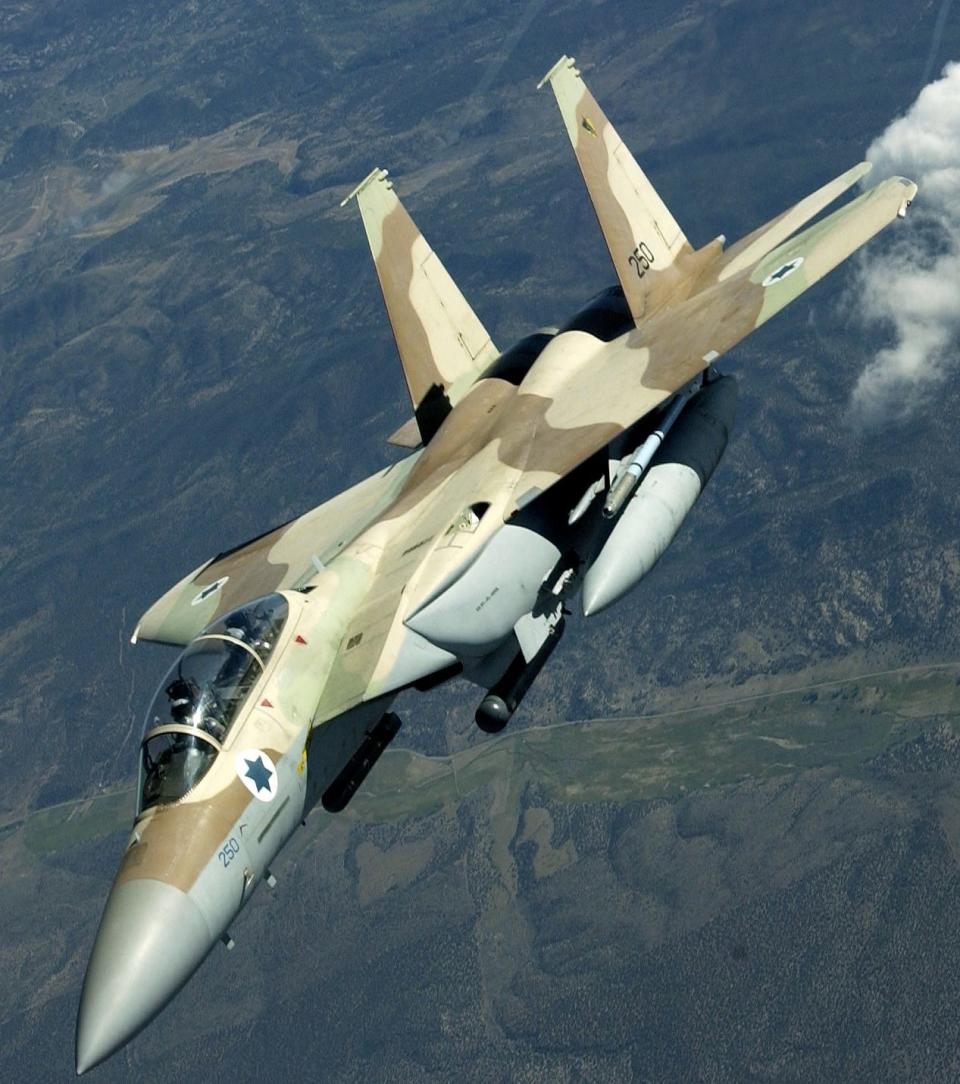
The F-15I Ra'am, also known as Thunder in Israel, plays a key role in the IDF's air campaign in Gaza.
Its design is based on the F-15E Strike Eagle but is larger and capable of carrying more weapons. The F-15 also has a greater range than the other two fighter jets that make up Israel's air fleet, which is why the IAF calls the F-15I its "strategic aircraft."
"At the end of the day, when we want to reach far distances with few aircraft many arms — the F-15I wins," the head of the aircraft branch said.
Air-to-ground combat
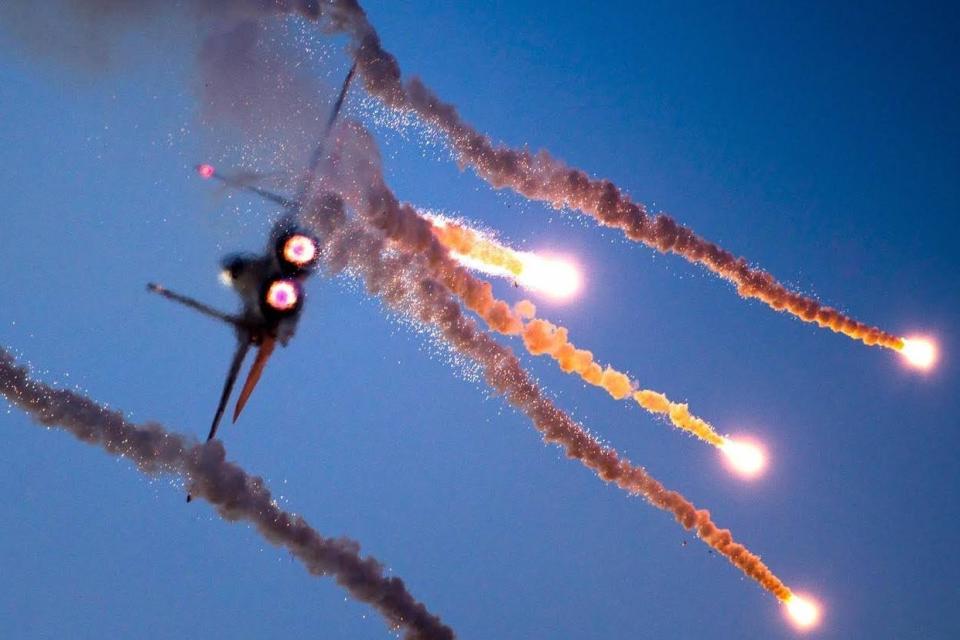
The jets are multi-role aerial combat aircraft, though they're largely used for ground attacks as Hamas lacks the air defenses and shoulder-fired missiles needed to threaten Israeli aircraft.
Hamas and its allies have tried to strike back with surface-to-air missiles, drones, and hit-and-run tactics that rely on tunnels.
F-35I
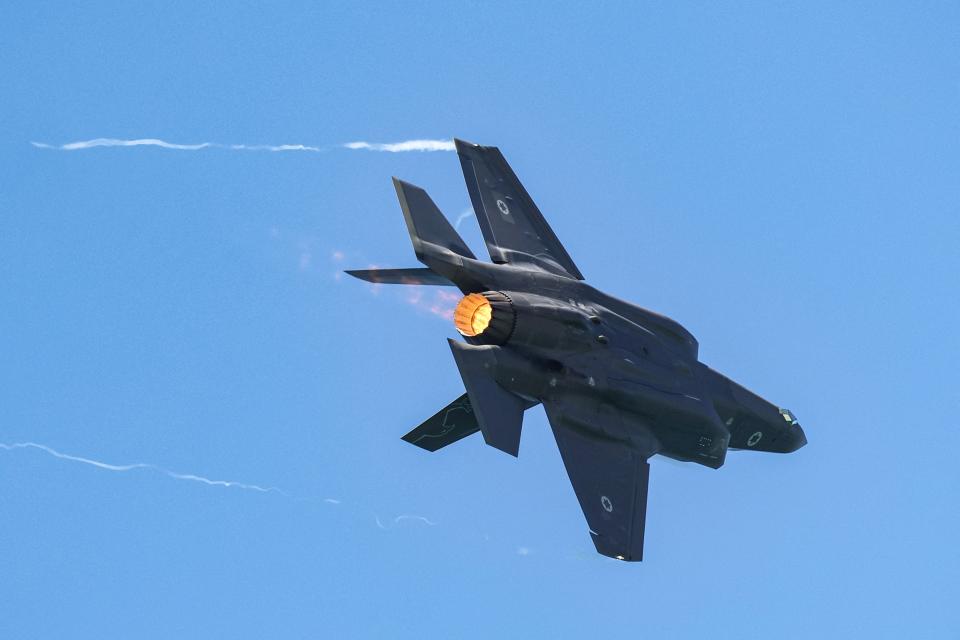
Though the F-35 is an American plane, Israel is the only country to use it in combat situations thus far. The stealth fighter took down two Iranian drones near Israeli airspace back in March 2021, and targeted Iranian missile launch sites in Syria in May 2018.
Marillyn A. Hewson, CEO of Lockheed Martin, said the IDF's use of F-35s has been "critical" in its fight against Hezbollah, an Iran-backed militant group in Lebanon that has traded escalating blows with Israel in recent weeks.
"With C4I technology integrated into the Adir, the F-35 is particularly critical to countering Hezbollah's vast rocket threat through rapid identification and prioritization of targets for the IAF," Hewson said in May 2018.
She added that the jets "can fly in what we call 'beast mode,' carrying up to 18,000 pounds of internal and external ordnance, in a mix that can include 5,000-pound-class weapons."
Israel's custom version of an American stealth fighter
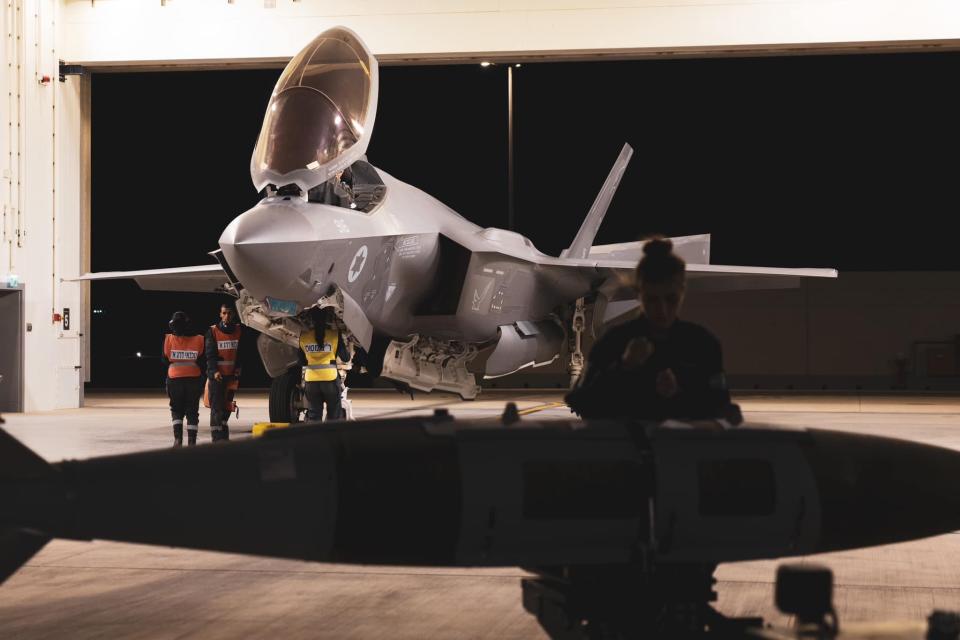
The F-35 is a fifth-generation fighter jet manufactured by Lockheed Martin, though Israel produced its own variant of the combat aircraft, dubbed the Adir, or the Mighty One.
"Lockheed-Martin has refused to undergo major client state-specific modifications to the F-35," Maya Carlin, an analyst with the Center for Security Policy, told The National Interest. "Israel was able to maneuver around this barrier and involve its local defense contractors in acquiring the jets."
"This deal allowed sophisticated helmet sets and wings to be manufactured in Israel by its own defense industry, paid for with U.S. military aid…" Carlin added. "The F-35I variant can be externally modified by the Israeli Air Force (IAF), which also has access to the jet's advanced digital architecture, including its communication systems, electronic warfare and surveillance suite, and mission control hardware. Included in the 'Mighty One's' Israeli-made hardware is an electronic warfare system that has a 'plug-and-play' function for add-on systems like air-to-air missiles and external electronic warfare pods."
F-16I
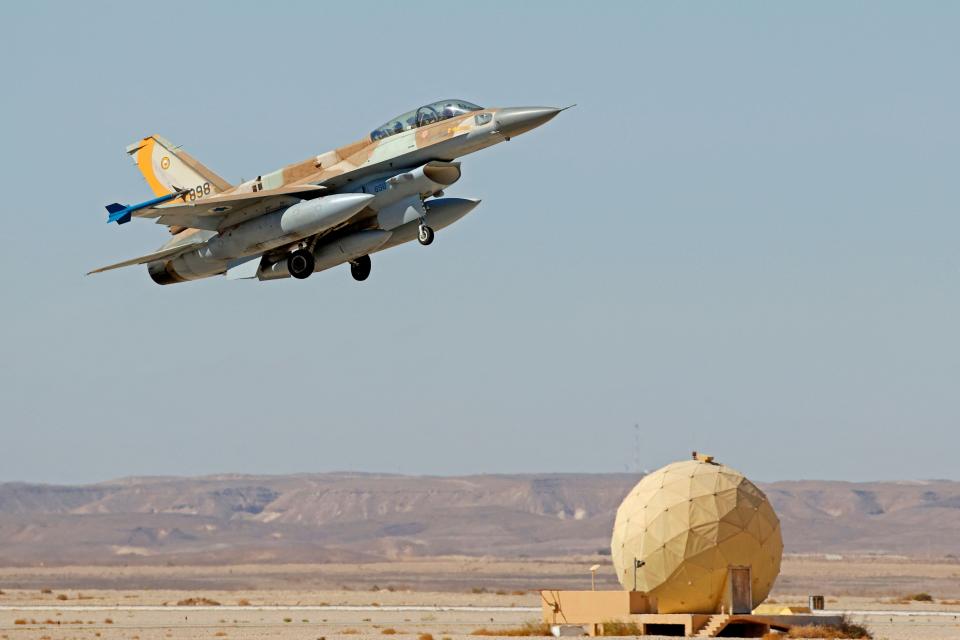
Like the F-35I, the F-16I Sufa also boosts some Israeli-specific modifications, making it a crucial asset to the IAF. The jet is fitted with conformal fuel tanks to increase its fuel capacity, allowing the wings' inner store stations to be used for additional weapons storage instead of external tanks, The National Interest reported.
The F-16I also features a more advanced electronic warfare system and avionics, including a decoy system to protect it from air-to-air combat.
The Sufa has taken part in strikes against Hamas' underground tunnel network and some weapon depots.
The largest operator of F-16s outside the US
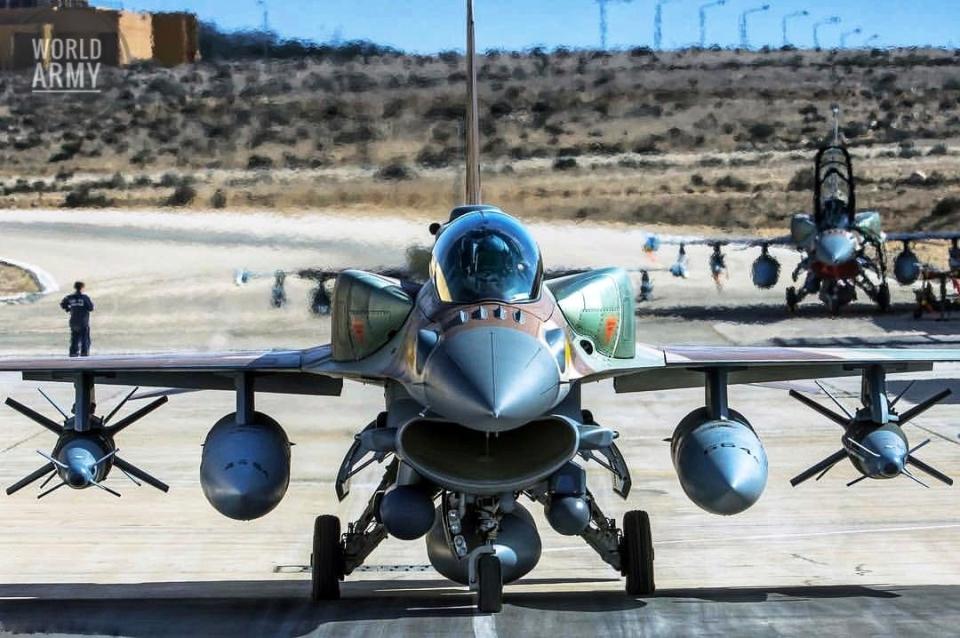
As the largest operator of F-16s outside of the US, Israel employed a fleet of the combat aircraft in its air war over Gaza. The F-16 is a multi-role fighter designed for air-to-air and air-to-ground combat, like the F-15.
The F-16s, like the other fighters, have taken off on missions with missiles and bombs, including unguided "dumb" bombs that have been a large portion of the airstrikes.
Read the original article on Business Insider


